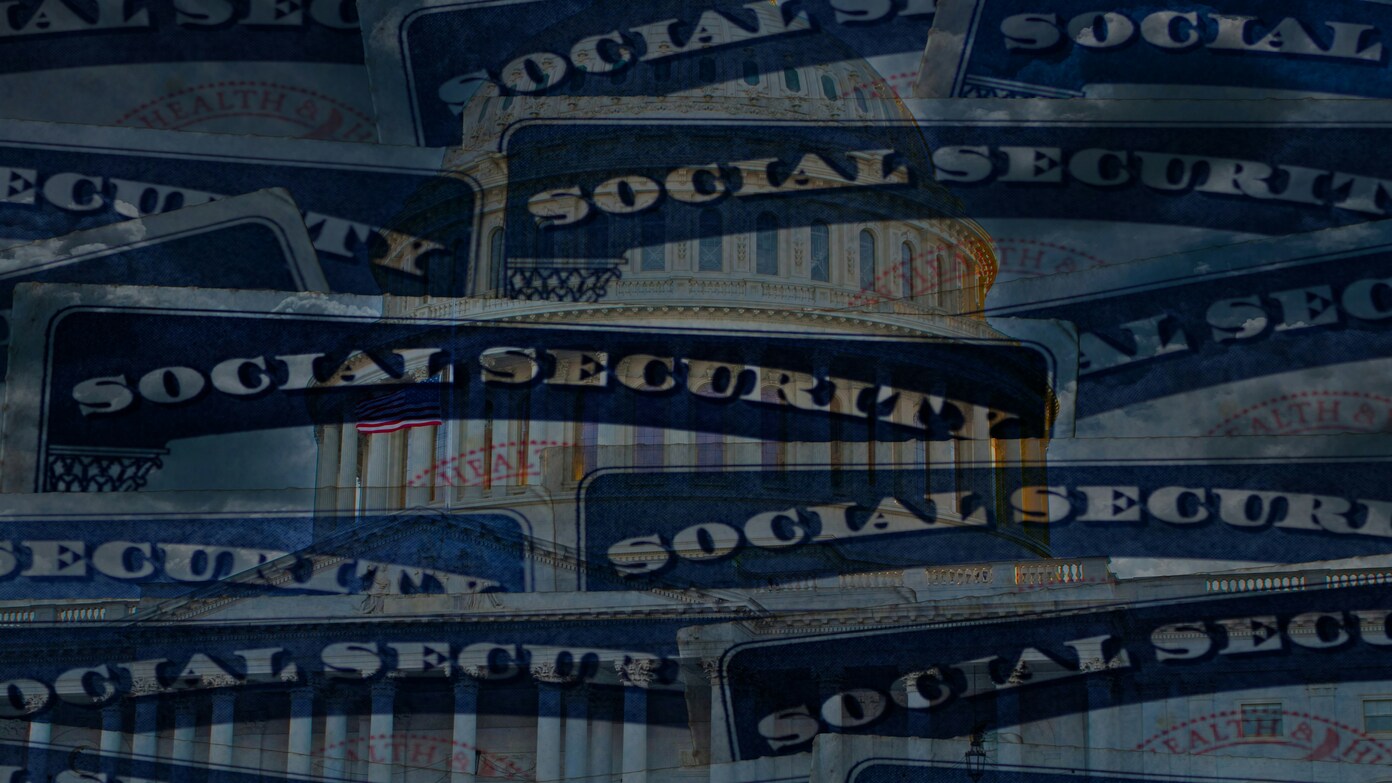The plan has changed
The Social Security Administration (SSA) has come to its senses. After first announcing it would stop sending paper checks starting October 1, the agency recently announced that it will keep mailing paper checks to people who rely on them. This change of plans is good news for many Americans—particularly the elderly, the disabled, and others without immediate access to banks or cyberspace.
Last summer, the SSA had indicated that it intended to deliver all payments electronically only. The reasoning behind the move was to save money and speed up and secure payments. But due to opposition from lawmakers and outcry from the public, the agency has decided to keep paper checks on the table for anyone who still needs them.
Paper checks will still be available
Wednesday, the SSA assured that those who have no other way of receiving payments will still receive a paper check in the mail. Included are those receiving retirement benefits, Social Security Disability Insurance (SSDI), and Supplemental Security Income (SSI).
Although the agency will still encourage people to consider switching to direct deposit or electronic methods, it insists that no one will be forced to do so. As a spokesperson for the SSA explained, they would still promote the benefits of electronic payments but noted that no one shall be left behind in case they cannot or do not wish to switch.
Why the SSA Wanted to End Paper Checks
The SSA originally planned on phasing out physical checks because electronic payments are cheaper and faster. For every paper check, the government pays around 50 cents, yet an electronic payment costs the government only 15 cents. Since around 70 million Americans get Social Security benefits, cost savings could be enormous.
Additionally, electronic payments are considered to be more secure. They are harder to lose, harder to get stolen, and they are directly deposited into the account of the recipient—usually faster than a paper check would arrive in the mail. But for all of these advantages, not everyone can use or knows how to use digital banking services.
Who still uses paper checks?
A total of 600,000 Americans still get their Social Security benefits in the form of a paper check. It’s a small fraction of the whole population, but it’s people who usually don’t have easy access to computers, the internet, or mainstream banks.
They are part of the “unbanked” or “underbanked.” That is, they do not have any bank account, or they do have one but still resort to other types of financial services like check-cashing outlets, money orders, or internet-based services like PayPal and Venmo.
AARP research found that nearly 1 out of every 5 households with a household head aged 65 and older are unbanked or underbanked. For these individuals, a paper check is not a choice but the only reliable way of receiving funds.
Senator Elizabeth Warren steps in
Massachusetts Democratic Senator Elizabeth Warren was instrumental in overturning the decision. She sat down with Social Security Commissioner Frank Bisignano on announcement morning to convey the necessity of keeping paper checks as an option.
Warren went on to say that the commissioner assured her that nobody would be left behind and that anyone who desires a paper check would continue to have the option. She later shared this information on a press call, pointing out how critically Social Security must be available to all—not just those with access to internet or mobile banking.
Wider issues with the SSA
The discussion between Warren and Bisignano also covered larger problems at the Social Security Administration. Senator Warren was worried about staff reductions and the ways in which they might impact customer service, especially for those who have to call in or visit Social Security offices in person.
She also requested Commissioner Bisignano to make a commitment to an external audit of customer service operations at the agency. This would confirm items such as wait times on the phone and how often people can actually speak to a live human being when they call for help. Warren said this kind of information is crucial to hold the SSA accountable and do a great job serving the public.
The SSA reports that there has been some improvement in customer service already. For example, in 2025, the phone wait time is already down to approximately 18 minutes from 30 minutes in 2024. That is a big difference, especially for older individuals who depend on these services to help and reassure them.
The agency also reported that it has reduced the disability claims backlog by 25% and completed processing the SSFA payments a few months ahead of schedule. These improvements were also shared with Senator Warren during the meeting, and she was accepting of the updates.
An SSA official said the commissioner had a productive meeting with Warren and was pleased to report progress in some of the high-priority areas, including wait times at field offices and access to online services.
What this means for you
If you’re one of the 600,000 people who still have your Social Security payment sent to you in the mail, don’t panic. You won’t be required to switch to direct deposit or any other electronic option if you don’t prefer it. The paper check option will still be an option after September 30.
But the SSA will still encourage people to consider switching to electronic deposits, especially if they have a bank account or digital payment service available to them. For those who are comfortable with technology, it can mean faster access to your money and fewer worries about slow-delivered mail or misplaced checks.
However, the bottom line is clear: you get to choose.

